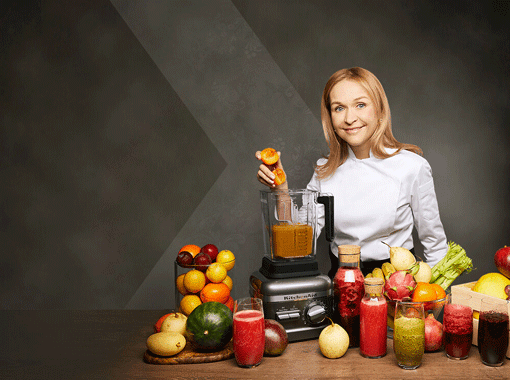In 2022, the Russian food and grocery retail market encountered a downturn, shrinking by 2.6% to mark a value of $268.9 billion. Amidst a backdrop of geopolitical tensions and economic disruptions, particularly the effects stemming from the Russia-Ukraine conflict, this sector has navigated through turbulent waters. Despite these adversities, projections for the future signal a rebound; by 2027, the market is expected to climb to a value of $294.1 billion, indicating a 9.4% rise since 2022.
The largest slice of the market pie belongs to the food segment, accounting for 67.8% of the market’s total value. This dominance underscores the essential nature of food retail within the broader context of grocery and consumer spending habits in Russia. Despite the economic pressures, Russia continues to play a significant role in the European food & grocery retail landscape, contributing 12.4% to the region’s market value.






























